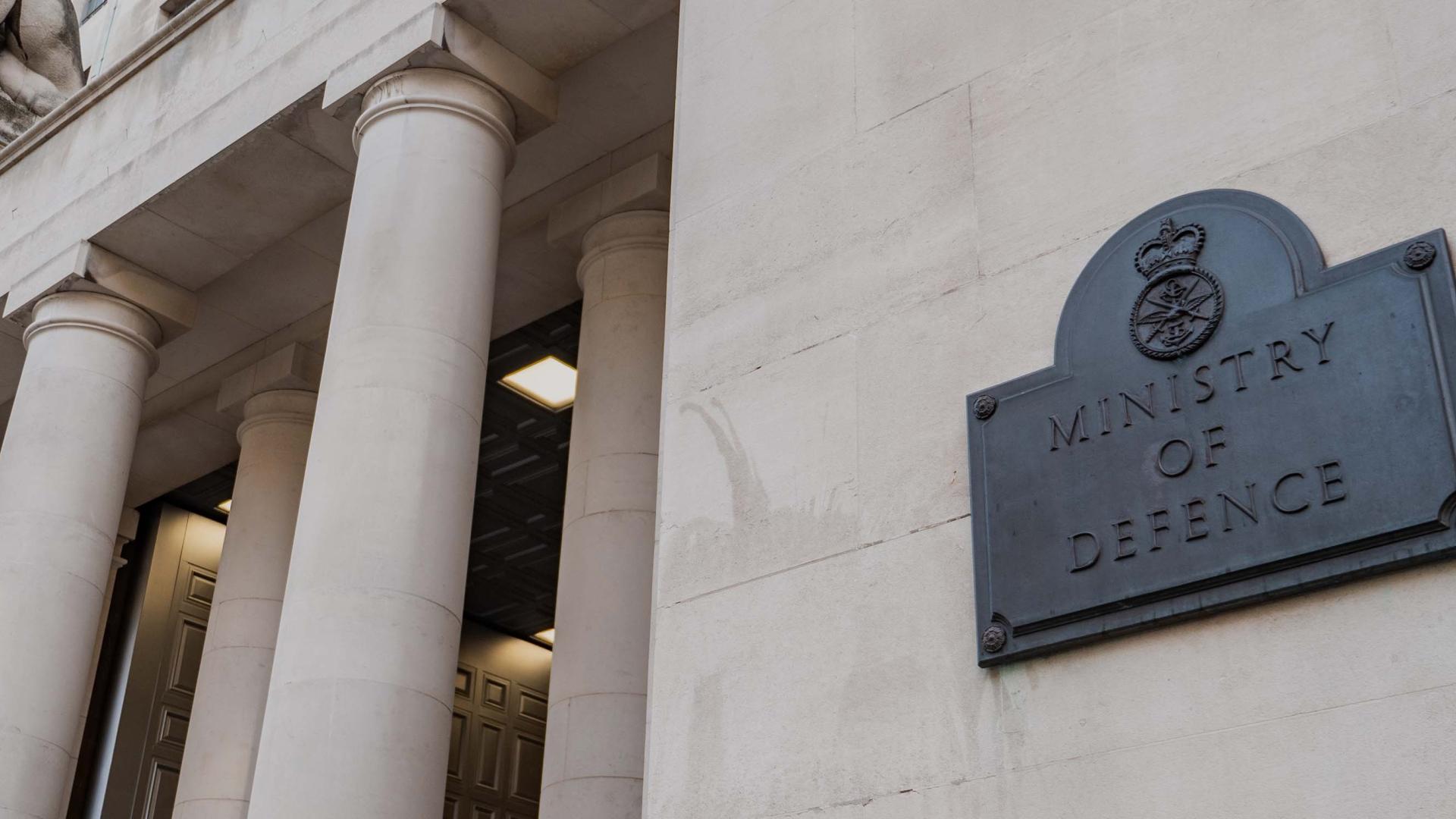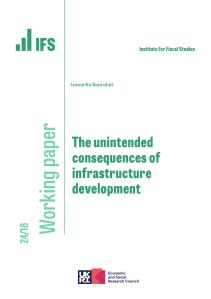Last week the prime minister committed to increase defence spending to 2.5 per cent of national income by 2030. I got intensely irritated.
I’m neither a pacifist nor a peacenik. The world seems to be becoming a more dangerous place and more defence spending may well be appropriate. What annoyed me was not the commitment, either. It was all about the misleading and opaque way in which the additional spending was presented. When it wanted to make it look big, the government claimed it would boost spending by £75 billion; when it wanted to appear fiscally responsible, it claimed it would be cheap as chips, costing only £4.4 billion in 2028-29 and easily paid for by undoing some of the recent jump in civil service numbers.
It doesn’t take Sherlock Holmes, or even the head of the Institute for Fiscal Studies, to see that there might be something not quite consistent about these claims. Quite obviously, you can’t increase spending by £75 billion at a cost of £4.4 billion. What on earth is going on?
In brief. You get to £75 billion by assuming defence spending is frozen in cash terms every year between now and 2030. Then you look at the difference each year between that flat cash number and what you’d spend on a path to 2.5 per cent of GDP. Then you add up all of the differences. Hey presto, you get £75 billion of additional spending.
This is not a helpful way to present the numbers, to put it kindly. Flat cash for defence seems an unlikely counterfactual, not least as it could mean breaching our commitments to Nato. More importantly, summing differences over six years is an easy way of coming up with a big number, but not a useful one. Summing up over ten years would make the number even bigger. This is an old trick, of which Gordon Brown was the great master. That is no excuse. The numbers that result are essentially meaningless.
What made the use of this trick particularly remarkable was the accompanying and clearly inconsistent claim that the policy would cost hardly anything. That conclusion was reached by taking a different counterfactual. If you want a small number, you don’t assume that defence spending would otherwise stay flat in cash terms. Rather, you compare your policy with a baseline in which defence spending remains at its present level of 2.3 per cent of national income. If you assume that most of the spending would have happened anyway, then getting it up to 2.5 per cent by 2030 does, indeed, look rather cheap.
We don’t know the correct counterfactual because it hasn’t been published. Spending is set to be about 2.3 per cent of national income this year, noticeably above our Nato minimum commitment of 2 per cent. That’s mostly because the Treasury has allocated significant additional, but presumably temporary, spending to support the war in Ukraine. We, and other analysts, had assumed that spending would drop back to the level of the 2 per cent commitment. If that is the correct counterfactual, then you can think of the cost of getting to 2.5 per cent of GDP in 2030 as being in the order of £12 billion a year in present terms. That feels more in the ballpark of a useful number in thinking about the scale of this commitment. Not £4 billion and not £75 billion.
Dragging ourselves out of the fiscal weeds, all this really matters. More money for defence means less for everything else. The past 70 years have seen the reverse. We have reduced the defence budget from 7 per cent of national income in 1948 to just over 2 per cent today and have spent the dividend on expanding the welfare state.
Reversing the direction of travel may be necessary, but it is going to be painful, especially now. Jeremy Hunt has said that he wants total spending on public services to rise by 1 per cent per year over the next five years. Given commitments on health, childcare, overseas aid and defence, this would imply sharp spending cuts for many public services. More money for defence means even sharper cuts. A first pass at the numbers suggests that this new commitment could mean the cuts reach 4 per cent a year for a range of public services. That is, frankly, implausible.
So that is not a prediction of what will happen, it is merely a consequence of the fiscal arithmetic as presented. In truth, we are left with no clue as to what will actually happen. Will there really be austerity on this scale or will we get tax rises, more borrowing, a backtracking on this defence commitment, or what?
I’m not going to let the opposition off the hook. It has committed to raising defence spending to the same 2.5 per cent of national income when conditions allow. That is a literally meaningless commitment. “Conditions” will depend on whether, for example, it reverses the £20 billion national insurance cut we have just enjoyed. If Labour does that, then conditions will allow immediately.
More importantly, conditions depend on what its other priorities are. Would defence spending really trump demands from the NHS, schools, welfare and everything else? Labour has been exactly as opaque as the government over how it would prioritise within the desperately hard budget constraints it will face if it assumes office.
A commitment to spend 2.5 per cent of national income on defence is a serious, significant and costly statement of intent. It should be treated as such by all of us, by our enemies and by our allies. Playing these sorts of games with the announcement makes one wonder quite how seriously our government takes it.









